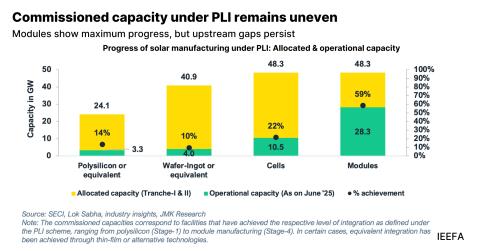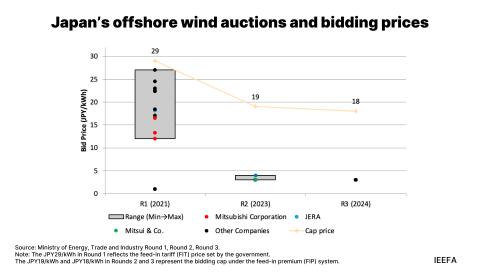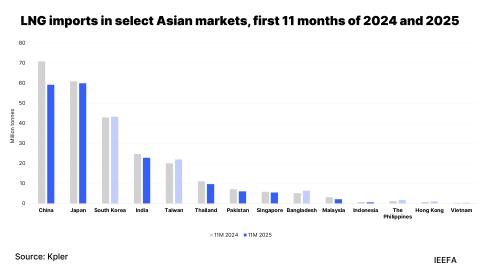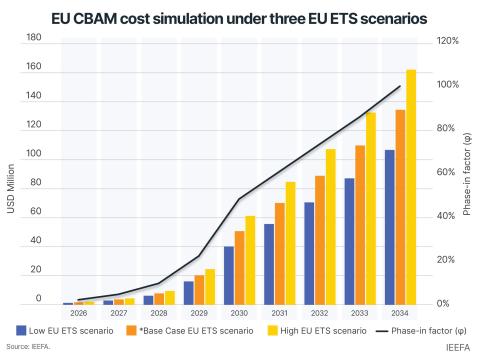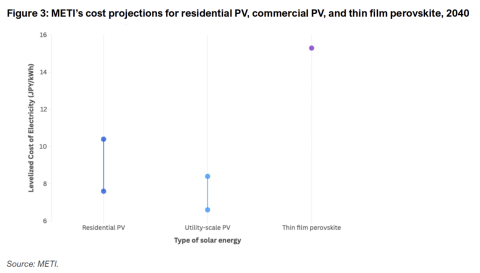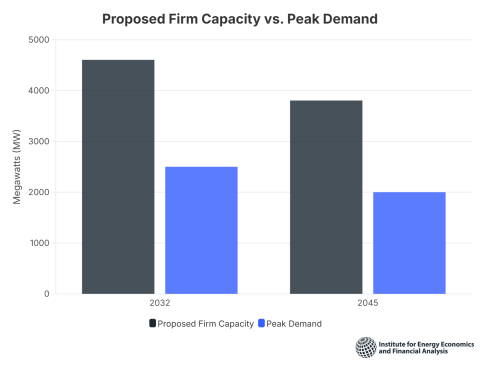Net metering reforms and grid challenges amid Pakistan’s solar rise
Download Briefing Note

Key Findings
Pakistan’s Economic Coordination Committee has proposed amending existing net metering regulations. It cites rising capacity payments for non-net-metered consumers due to declining energy sales and decreasing grid-based energy consumption as reasons for the change.
Suggested amendments, include reducing the current buyback rate from PKR 27 per kilowatt hour (kWh) to PKR 10/kWh, eliminating the 1.5 times sanctioned load allowance, and shifting to net billing from net metering. These proposals have been met with widespread public criticism.
Even with lower buyback rates, payback periods for an average 10 kilowatt (kW) solar installation would remain within the globally accepted 5-year range. The recent surge in solar photovoltaic (PV) installations in Pakistan has exacerbated grid issues such as increasing peak demand, peak shifting and transformer burnouts, resulting in financial and technical implications for the grid.
The proposed amendments to the net metering regime can be a course correction, mitigating further risk to distribution infrastructure, increasing grid-based consumption, and ensuring transmission system stability in the future.
A recent proposal by Pakistan’s Economic Coordination Committee (ECC) to revise the existing net metering regulations sparked controversy within energy circles in the country. It drew widespread criticism from the public, political parties, and businesses, as well as from traders and installers of solar photovoltaic (PV) equipment. The federal government temporarily paused the approved policy changes, citing a lack of broader stakeholder consultation, and directed the country’s Power Division to ensure more public buy-in.
Proposed amendments to the policy include reducing the existing buyback rate from the current National Average Power Purchase Price (NAPPP) of PKR 27 per kilowatt hour (kWh) to PKR 10/kWh, the average marginal cost of electricity production by the grid. The new policy regime would eliminate the 1.5 times sanctioned load system size allowance and convert the billing mechanism from net metering to net billing with a monthly settlement of accounts. The amendments also reduced the licensing period for new connections from 7 to 5 years.
According to the government, these revisions were needed due to a sudden surge in net-metered solar PV connections, which rose from 226,440 in October 2024 to 283,000 in December 2024. The installed capacity also doubled between June and December 2024, reaching 4,124 megawatts (MW) by the end of the year, increasing the financial burden of maintaining the grid on the remaining consumers.
The government attributes declining energy sales to the rising capacity of net-metered connections, leading to higher electricity tariffs. According to the summary of proposed amendments submitted to the ECC, electricity sales fell by approximately 3.2 billion (bn) kWh during the fiscal year (FY) 2024, leading to an additional financial burden of PKR101bn. Currently, this translates to an average increase in consumer tariffs of PKR0.9/kWh but could go up to PKR3.6/kWh by 2034 if the adoption of distributed solar continues at the same rate.
However, proponents of the existing scheme argue that the national grid’s high transmission and distribution (T&D) losses and expensive generation from thermal Independent Power Producers (IPPs) are responsible for this additional burden. They contend that the proposed amendments will curb further solarization as payback periods under net billing double, pushing more consumers towards battery storage and partial defection from the grid, if not a complete exit.
Read the full Briefing Note.




